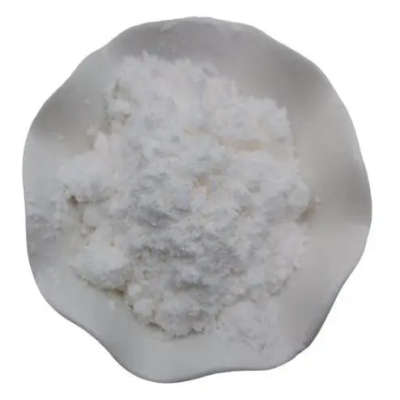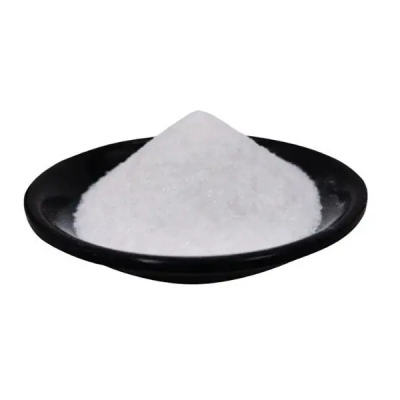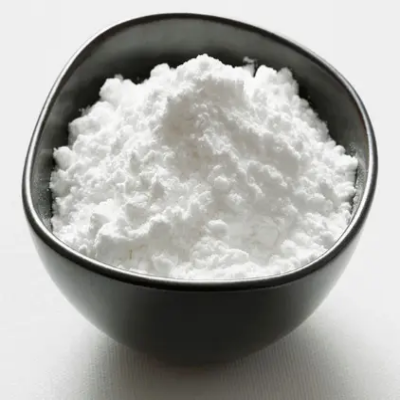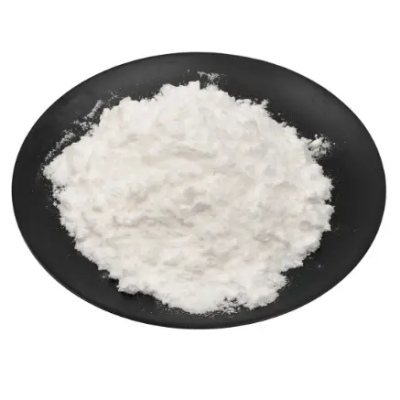tert-Butyl (4-bromo-2,6-dimethylphenyl)carbamate CAS:1365988-24-4
tert-Butyl (4-bromo-2,6-dimethylphenyl)carbamate has several important applications in organic synthesis and pharmaceutical research. Here are some common uses of this compound: Medicinal Chemistry: The compound serves as a valuable building block for the synthesis of biologically active molecules. It can be utilized in the development of potential drugs targeting various therapeutic areas such as inflammation, cancer, or infectious diseases. Arylation Reactions: The bromo-dimethylphenyl group in this compound is a useful site for arylation reactions. It can undergo coupling reactions with various nucleophiles, such as arylboronic acids, to introduce additional functionalities or modify the aromatic scaffold. Carbamate Derivatives: tert-Butyl (4-bromo-2,6-dimethylphenyl)carbamate can be used as a starting material to synthesize other carbamate derivatives. Carbamates are versatile functional groups found in many biologically active compounds and can be modified to enhance their pharmacological properties. Prodrug Design: The tert-butyl ester functionality in this compound can be used in prodrug design strategies. By masking the carboxylic acid as an ester, the compound can be converted into its active form after administration, improving its bioavailability or metabolic stability. Chemical Biology: tert-Butyl (4-bromo-2,6-dimethylphenyl)carbamate finds utility in chemical biology studies aiming to investigate biological processes and identify targets for therapeutic intervention. Its incorporation into small molecules or probes enables the exploration of specific cellular pathways or interactions. Palladium-Catalyzed Cross-Coupling Reactions: The bromo-dimethylphenyl group in this compound can undergo palladium-catalyzed cross-coupling reactions, such as Suzuki-Miyaura or Heck reactions. These reactions allow for the formation of carbon-carbon bonds, enabling the synthesis of complex organic molecules. Fragment-Based Drug Discovery: tert-Butyl (4-bromo-2,6-dimethylphenyl)carbamate can be used as a fragment in fragment-based drug discovery approaches. Fragments are small, low molecular weight compounds that serve as starting points for drug development by identifying key interactions with target proteins. In summary, tert-Butyl (4-bromo-2,6-dimethylphenyl)carbamate is a versatile compound with various applications in organic synthesis and pharmaceutical research. It plays a critical role in medicinal chemistry, arylation reactions, carbamate derivatives, prodrug design, chemical biology, palladium-catalyzed cross-coupling reactions, and fragment-based drug discovery. The compound's high purity, stability, and ability to modify molecules make it valuable in the development of biologically active compounds and the exploration of biological mechanisms.



| Composition | C13H18BrNO2 |
| Assay | 99% |
| Appearance | white powder |
| CAS No. | 1365988-24-4 |
| Packing | Small and bulk |
| Shelf Life | 2 years |
| Storage | Store in cool and dry area |
| Certification | ISO. |









